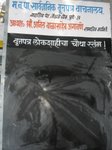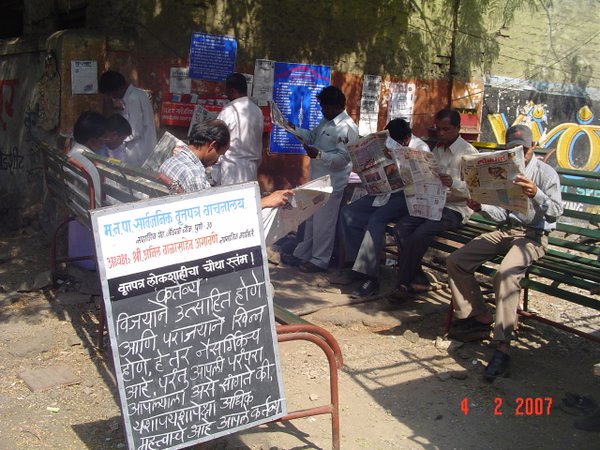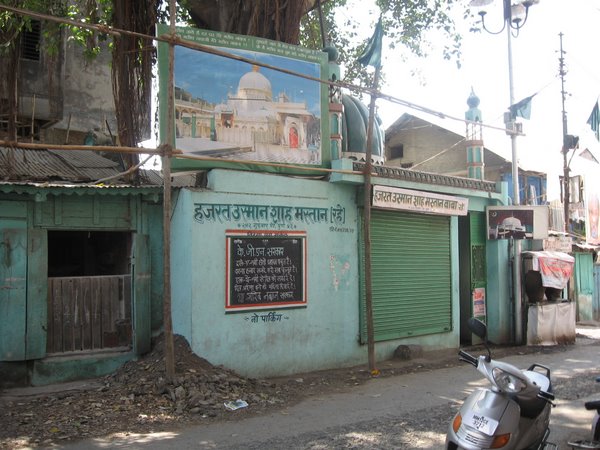 Out of the many stories that vartaphalaks tell, this one is loud and clear: these spaces are highly gender-specific. In our society, there is a very clear demarcation of spaces into women’s spaces and male spaces. In our context where family and community’s honour rests on the izzat of their women, public spaces have historically represented a huge ‘risk’ for the violation of women’s sacrosanct honour. And hence they have been made inaccessible for this group.
Out of the many stories that vartaphalaks tell, this one is loud and clear: these spaces are highly gender-specific. In our society, there is a very clear demarcation of spaces into women’s spaces and male spaces. In our context where family and community’s honour rests on the izzat of their women, public spaces have historically represented a huge ‘risk’ for the violation of women’s sacrosanct honour. And hence they have been made inaccessible for this group.Vartaphalaks represent a space where all talk about ‘women barging into male bastions’ suddenly seem facile. True, women might be using some of the surrounding spaces, the roads, markets, temples. But the quintessential adda or the katta around the vartaphalak remains a public, male space. Some of these images are not just about men being present around vartaphalaks; they are about the ease with which they exist in those spaces. Their stance, the casualness, their clothes, all testify to how much they take these spaces for granted as their own space.





No comments:
Post a Comment